#Perth art galleries
Explore tagged Tumblr posts
Text
MY AUSTRALIAN ADVENTURE, PT. XVII - A VISIT TO THE MUSEUM/ART GALLERY IN PERTH
MY AUSTRALIAN ADVENTURE, PT. XVII – A VISIT TO THE MUSEUM/ART GALLERY IN PERTH
Wherever I travel, I always make a point of visiting the museums and art galleries to get a better understanding of time, place, culture, history…and back home in Perth was no exception. I grew up and was educated there in the 60s under the old colonial school system that had been so white-washed as to obscure any references to the first Australians, the aboriginal guardians of the land, sea and…
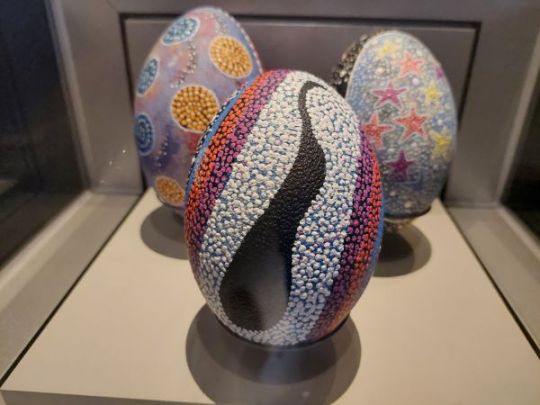
View On WordPress
1 note
·
View note
Text
Purchasing A Masterpiece From An Art Gallery
Purchasing a masterpiece from an art gallery can be an exciting experience for art enthusiasts like me. The opportunity to own a renowned piece of art is not only a symbol of personal achievement but also a way to support and appreciate the artist's talent. When considering buying a masterpiece, it is crucial to do thorough research on the artwork, the artist, and the gallery to ensure the authenticity and value of the piece. Additionally, understanding the significance and context of the artwork can enhance one's appreciation and enjoyment of the masterpiece.

Before purchasing a masterpiece from a Perth art gallery, it is important to conduct proper research. Understanding the artwork's history, the artist's background, and the gallery's reputation can help ensure that the piece is genuine and valuable. Research might involve reading about the artist's style, influences, and previous works. Looking into the gallery's expertise and customer reviews can also provide insight into its credibility. By investing time into research, I can make an informed decision and have confidence in the artwork's authenticity and worth.
Another crucial aspect of purchasing a masterpiece is comprehending the significance and context of the artwork. Each masterpiece has a unique story behind it, and knowing the background can enhance the overall experience. Learning about the artist's inspiration, the time period when the artwork was created, or any historical events related to it can deepen the understanding and connection with the piece.
Purchasing a masterpiece from an art gallery in Brisbane involves careful intelligence and comprehension. Thorough research on the artwork, artist, and gallery is essential to ensure its authenticity and value.
0 notes
Photo

𝘠𝘦𝘢𝘩𝘯𝘢𝘩𝘯𝘦𝘴𝘪𝘢 @yokandsheryo . . . . . . . . . . #art #artgallery #artoftheday #artlover #artlife #artlove #gallery #exhibition #exhibitions #exhibit #travel #photography #photogram #photoeveryday #explorepage #explore #exploremore #explorer #perth #todo #sculpture #sculptures #artgram #mood #quote #tbt #quotes #moodygrams #moodboard #aesthetics (at The Art Gallery of Western Australia - AGWA) https://www.instagram.com/p/Cp2hwNnPr7b/?igshid=NGJjMDIxMWI=
#art#artgallery#artoftheday#artlover#artlife#artlove#gallery#exhibition#exhibitions#exhibit#travel#photography#photogram#photoeveryday#explorepage#explore#exploremore#explorer#perth#todo#sculpture#sculptures#artgram#mood#quote#tbt#quotes#moodygrams#moodboard#aesthetics
1 note
·
View note
Text

Portrait of an Unknown Woman with a Reading Glass British (Scottish) School Perth Art Gallery (managed by Culture Perth and Kinross)
80 notes
·
View notes
Text



St Madoe's Stone , Perth Museum.
The most complete of all the pictish/Celtic stoones I saw on display on Monday, this was found lying down in St Madoes Churchyard, Perthshire during 1830's. . In the 1920s it was moved, in its base, to stand against the wall beside the church door. In the 1990s it was taken to Perth Museum & Art Gallery.
One side, as seen in my gif, is dominated by the ring-headed cross that fills what we can accept as the front of the slab. It is surrounded by biting dogs and with two lion-like creatures facing each other across the top of the stone.
The other side of the slab shows three cloaked and hooded riders, probably churchmen (possibly a reference to the road and its users between St Andrews and Scone) and below them three Pictish symbols: a crescent and v-rod, a double-disc and z-rod and a Pictish beast. The symbols are much worn due to exposure to the elements when it stood in thechurchyard.
In the first thousand years AD, the country we now call Scotland was dominated by changing groups of Celtic peoples, most notably the Picts. From AD 250-900, they controlled most of Scotland north of the River Forth. We do not know what they called themselves. The Picts – meaning “the painted ones” – is the name the Romans gave them. Their language has disappeared and no Pictish manuscripts are known to have survived. But their art does survive on over 300 pieces of carved stonework and a much smaller number of portable objects such as jewellery.
There at least 17 sites around the Perth area, they include Stone Circles, a Pictish Free-Standing Cross, Pictish Symbol Stones and stones with cup marks, cup and ring marks are by far the most common motif, if you remember, or have ever inspected the Caiy Stone, at Oxgangs, which I visited and posted pics of last year, there are 6 of thes type of marks on this stone.
Perth Museum has several fragments of smaller stones which I shall post at a later time.
#scotland#scottish#history#Perthsire#Perth#Perth & Kinross#Celtic Stone#Celtic Cross#Perth Musem#My pics
96 notes
·
View notes
Text

John Laurie (British, 1916-1972), Cocktail Hour, 1936. Oil on canvas, 137 x 91 cm. Perth Art Gallery
95 notes
·
View notes
Text
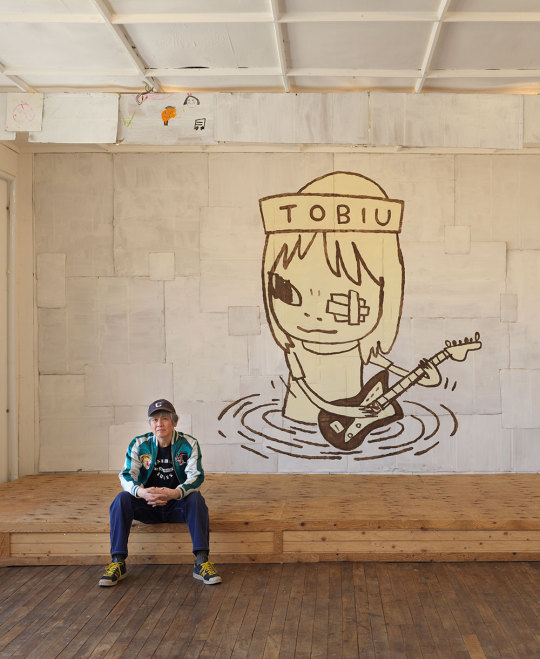

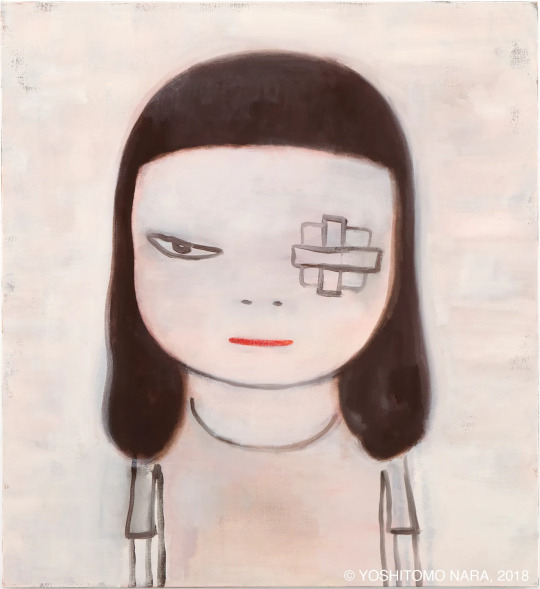

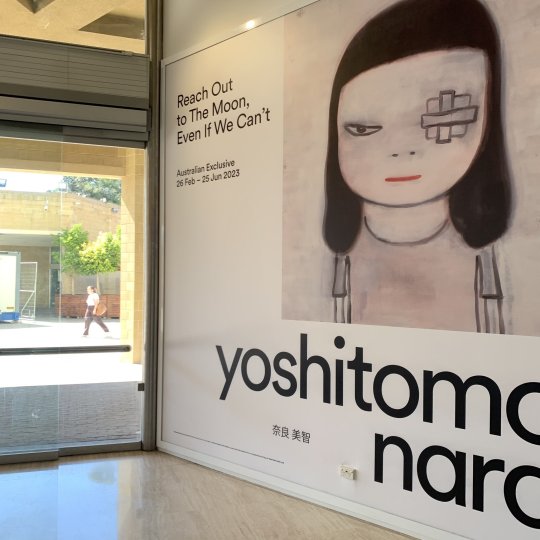
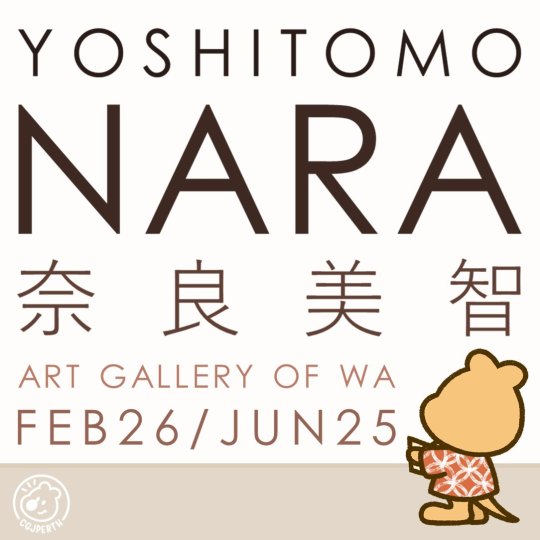
Yoshitomo Nara Art Show in Australia
Japanese contemporary artist Yoshitomo Nara will have a solo exhibition at Art Gallery of Western Australia in Perth from February 26, 2023 to June 25, 2023. Exhibition Details
418 notes
·
View notes
Text




Julie Dowling (b.1969) is an Indigenous Australian artist whose work, in a social realist style, deals with issues of Aboriginal identity. She identifies culturally and politically as a Badimaya First Nation woman. via Wikipedia
www.instagram.com/dr.juliedowling
www.juliedowling.net | @dr.juliedowling
Julie Dowling, Badimaya people, Self-portrait: in our country 2002, National Gallery of Australia, Kamberri/Canberra, purchased 2002 © Julie Dowling/Copyright Agency, 2022
‘I am situated [in this painting] as a member of this group with time not separating our mutual connection to this Country.’ Julie Dowling, 2002
Source: Artist statement, 2002
Julie Dowling, ‘Self portrait: Black bird’, 2002, synthetic polymer paint, red ochre, glitter and metallic paint on canvas, 120 x 100cm. State Art Collection, Art Gallery of Western Australia, Gift of Brigitte Braun, 2017, © Julie Dowling / Copyright Agency.
Julie Dowling, Badimaya people, Black Madonna: Omega, 2004, synthetic polymer paint, red ochre, glitter and metallic paint on canvas, 120 x 100 cm, Art Gallery of Western Australia collection, Perth, image courtesy the artist and Art Gallery of Western Australia, Perth © Julie Dowling
Julie DOWLING, Mary, 2001
Oil on linen, 150 x 120 cm
© Julie Dowling
My great grandmother’s portrait is shown in a heroic portrait tradition found in Europe and America. This picture is about my history as valid by using those styles honoured by Non-First Nation art critics and historians.
#JulieDowling #palianshow #womensart #artbywomen #artherstory #firstnation #AustralianArtist #indigenouspeople
26 notes
·
View notes
Photo
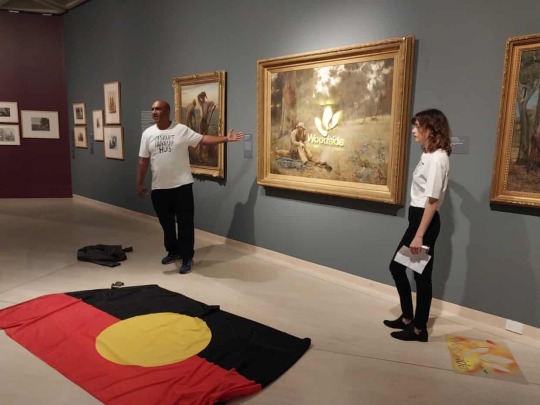
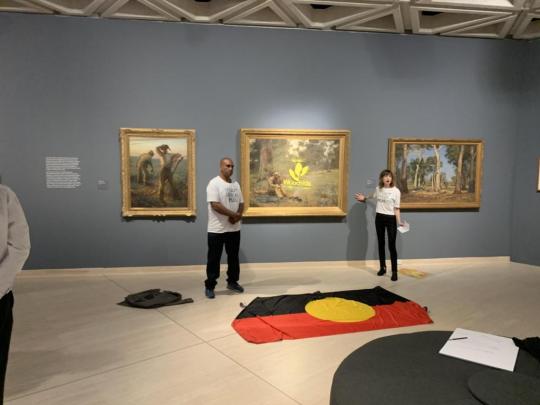
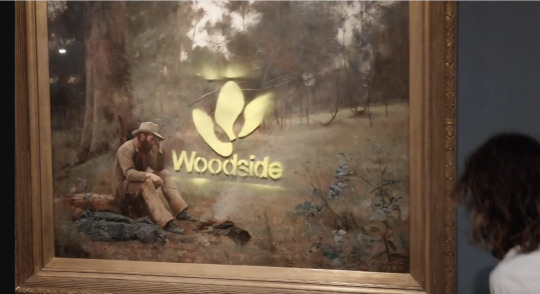
Frederick McCubbin “Down On His Luck” / spray paint
In January 2023, this 1889 painting was vandalized while on view at The Art Gallery of Western Australia (AGWA) in Perth, Australia.
Joana Partyka, a local ceramic artist and illustrator, sprayed a yellow Woodside logo stencil onto the center of the canvas before gluing her hand to the wall of the gallery. A Ballardong Noongar man named Desmond Blurton then unfolded an Aboriginal flag on the floor of the gallery before making a short speech, saying, “We must protect our artwork and our cultural heritage… this painting is barely 100 years old. Woodside is destroying 50,000 years of our culture.”
The act was in protest of the Woodside company’s ongoing fossil fuel project at the Burrup Hub, which Partyka cited as defiling sacred Murujuga rock art. “Woodside like to slap their logo on everything while they spray their toxic emissions all over sacred rock art,” she said. “[They are] destroying the oldest, largest rock art gallery in the world...They are also destroying our climate and our world.”
The painting itself was displayed behind a clear sheet of perspex and was apparently not damaged in the incident. Partyka was arrested at the scene; Blurton left the gallery at the request of security guards before the police arrived.
78 notes
·
View notes
Text

Anna Park | Look, look. https://www.artlimited.net/agenda/anna-park-look-look-the-art-gallery-of-western-australia-perth/en/7586104
2 notes
·
View notes
Text
ARTWORK
Laura Jones
Sliding doors, 2024
Tim Winton, 2024
Sulman Prize 2024, Archibald Prize 2024. Art Gallery of New South Wales, Australia.



Self-portraiture allows me to capture moments of vulnerability and wonder in everyday settings. Sliding doors was painted at the start of a new relationship. I adopted the pose of Pierre Bonnard's wife, Marthe, in his 1932 work The bathroom. The mirror reflected the bedroom of my apartment. This equalised the image plane, allowing me to capture a familiar place - and body - from a different perspective. The small picture of domestic life collides with the big picture of the sublime.
In 2016, Laura Jones undertook an artist residency to study the bleaching of the Great Barrier Reef, leading to her exhibition Bleached. Afterwards, she met acclaimed author and conservationist Tim Winton at an environmental advocacy event.
‘I was amazed by the humility of this great novelist, who has enchanted generations of Australian readers,’ says Jones, a four-time Archibald finalist who is also in this year’s Sulman Prize.
‘Last year, I watched his ABC documentary, Ningaloo Nyinggulu, about the fight to save Ningaloo Reef. It was beautiful and terrifying. In a speech, Tim said the lack of action on climate change hasn’t been challenged enough in the arts. I was stunned to discover a portrait of Tim had never been a finalist in the Archibald Prize. Then I found out why – he was a reluctant subject,’ says Jones.
‘When I flew to Perth for a sitting, the Great Barrier Reef was suffering its fifth mass bleaching event in eight years. Tim was warm and witty. We spoke about the historical relationship between printmaking and political activism. I approached his portrait as if it was a monotype, using thin brushstrokes and letting the paint bleed across the canvas like ink into paper. Dreamy yet direct.’
What I connect with…
I love the colours and gestural strokes in Laura Jones’s work. Her Sulman entry captivated me as soon as I entered the space. The Archibald entry not so much, but both did show up the others around them. So beautiful and light and fresh.
#art#artwork#painting#art gallery of new south wales#Sulman Prize#Archibald Prize#Laura Jones#Tim Winton
3 notes
·
View notes
Photo


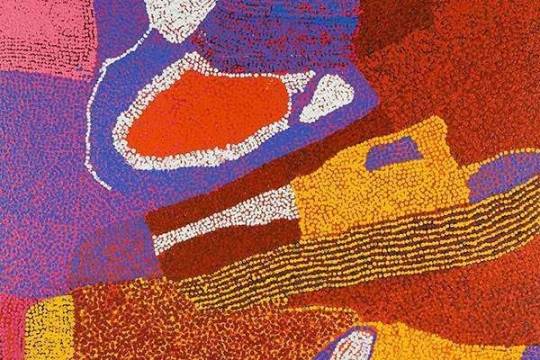

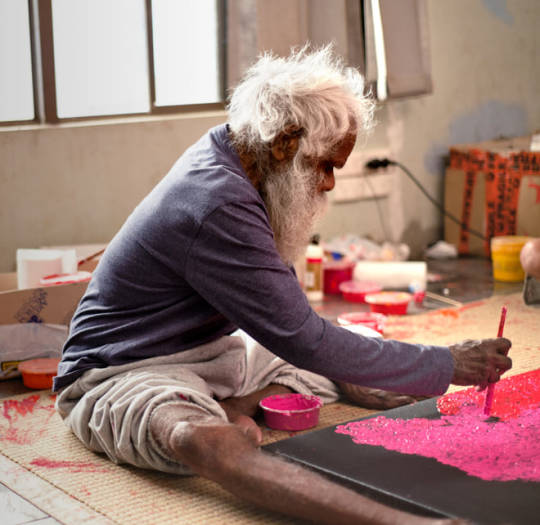
Yannima Tommy Watson (ca. 1935-2017) was born at Anamarapiti, approximately 40 kilometres west of the small community of Irrunytju (also known as Wingellina) Irrunytju is situated in Western Australia near the tri-state border of Western Australia, South Australia and the Northern Territory. Watson is a Pitjantjatjara man, and his skin group is Karimara. He spent his early childhood and teenage years living with his family, travelling from water hole to water hole, hunting and gathering and learning from his father the practical skills on how to survive on their lands in the arid regions of the Gibson Desert. While growing up he learned to understand the significance of social organization and the spiritual and tribal law teachings of his ancestors. Watson also inherited the knowledge on how to find water and food within their region. However, the fate of Watson and his family and many of the other western desert nomads was sealed with the introduction of assimilation policies. This combined with the severe drought throughout the 1950’s resulted in many of the Pitjantjatjara, Ngaanyatjarra and Pintupi Aborigines moving from their home lands to the administrative centres in Warburton, Ernabella and Papunya. The unfamiliar world of the Government settlements was no place for these free nomadic people who were use to a life of unlimited travel, they became disoriented and more than half of the population of these new communities died. Most never adjusted and eventually in the 1970’s and early 1980’s returned to their traditional homelands.
In 2001 Watson was one of the founding artists of the Irrunytju art centre. His work is rich in the knowledge of the topographical landforms of his country and the Tjukurrpa law that underlies it. He paints the stories of his mothers and grandfather’s country recording the sacred dreamtime stories intuitively using large vibrant colourful dots of pinks, burgundy, orange and reds to symbolically represent the dreamtime journeys of the ancient spirits and the significant episodes in the history of his tribe.
“My grandfather’s country, grandmother’s country. When they were alive, they would take me around the country, when I was a kid. That’s why we look after country, go out whenever we can. See if the rock holes are good”
His most important dreamtime stories are the Great Flood Dreaming, a story of the melting ice that flooded the lands north of the Great Australian Bight. Another story tells of the Pangkalangku, tall man eaters from the north east and his other stories tell of the tribal conflicts between the Pitjantjatjarra and the Yankunyatjarra.
As a young man Watson became a stockman at Mount Ebenezer, and then travelled to Yuendumu where he gained a reputation as an exceptional horseman. He is now a tribal elder and law man and frequently travels widely across the Pitjantjatjara lands to fulfil his traditional obligations. Today he divides his time between the remote community of Warakurna on the edge of the Great Victorian Desert and Alice Springs where he has a house and painting studio. He is widely recognised nationally and internationally and his work is represented in the National Gallery of Australia, Canberra, National Gallery of Victoria, Melbourne, Art Gallery of New South Wales, Sydney, Western Australian Art Gallery, Perth, South Australian Art Gallery, Adelaide and in many important private collections .He was commissioned in 2005 to produce artwork to be permanently installed in the Musee du Quai Branly in Paris, France, which opened in 2006. The painting Wipu rockhole (2006) was enlarged and reproduced on stainless steel tiles which adorn a ceiling within the museum.
Ken McGregorhttps://www.metrogallery.com.au/artist-tommy-watson
37 notes
·
View notes
Photo

Ephemeral Lookout 🔭 #tbt . . . . . . . . . . . . . . . . . . . . . . . . . . . . . . . . . . #installation #sculpturebythesea #installationart #minimal #art #minimalism #rsa_minimal #archilovers #sculpture #minimal_lookup #design #archidaily #gallery #shotoniphone #minimalism_world #photograph #photo #instadaily #perth #designer #tagsforlikes #photography #instagram #beach #sand #cottesloe #cottesloebeach #design #artofinstagram #artoftheday (at Cottesloe Beach) https://www.instagram.com/p/CoKLiX6v7X7/?igshid=NGJjMDIxMWI=
#tbt#installation#sculpturebythesea#installationart#minimal#art#minimalism#rsa_minimal#archilovers#sculpture#minimal_lookup#design#archidaily#gallery#shotoniphone#minimalism_world#photograph#photo#instadaily#perth#designer#tagsforlikes#photography#instagram#beach#sand#cottesloe#cottesloebeach#artofinstagram#artoftheday
1 note
·
View note
Photo

Beatrix David Prophet Ramsay (1888–1944) Perth Art Gallery (managed by Culture Perth and Kinross)
31 notes
·
View notes
Text
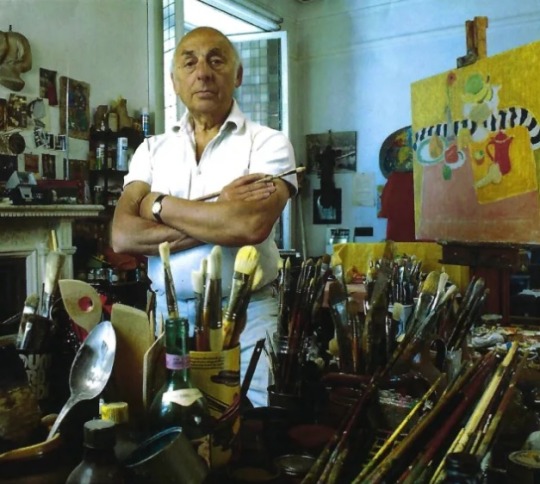
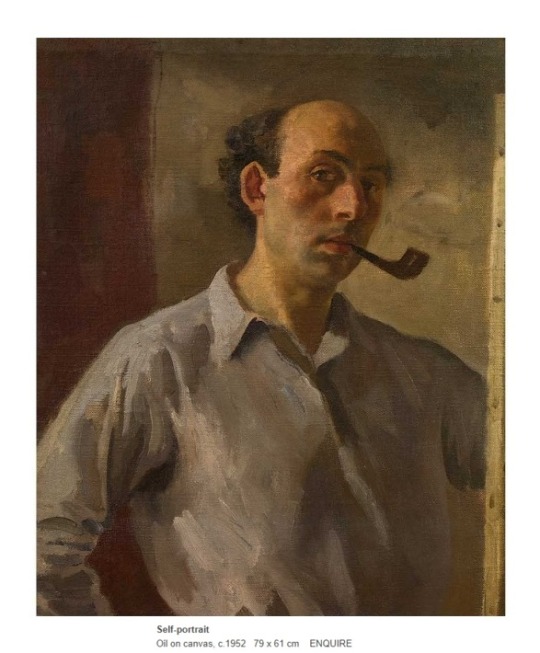
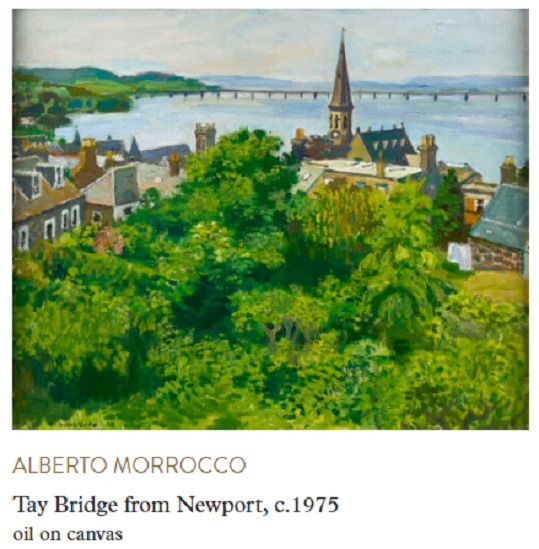


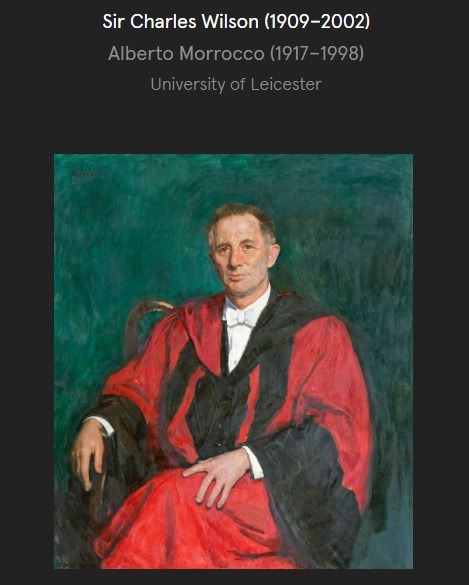

On March 10th 1998, Alberto Morrocco, the Scottish painter noted for his murals and portraits in oil and watercolours, died.
Alberto Morrocco was born on 14th December 1917 in Aberdeen to Italian parents in 1917. He attended Gray’s School of Art from the prodigious age of fourteen, tutored by James Cowie and Robert Sivell, and won the Carnegie and Brough travelling scholarships, affording him opportunity to paint and study in France, Italy and Switzerland in the late 1930s.
After serving in the army between 1940-46 he devoted his time to painting. His subject matter varied from the domestic interior, landscape, imaginings of Italian life, still life and many commissioned portraits. Combining his talent with abundant energy he became one of the most dominant figures in the Scottish artworld in the second half of the 20th century.
He participated in many group exhibitions both at home and abroad and works are held in major collections including: The Scottish National Gallery of Modern Art; Royal Scottish Academy; Scottish Arts Council; West Riding County Council; Newark on Trent Municipal Museum; Liliie Art Gallery, Milngavie, Glasgow; Robert Fleming Holdings Ltd; Vincent Price Esq, USA ; Icelandic Glasgow, Paisley, and Perth Art Galleries; he Universities of Aberdeen, Edinburgh, Dundee, Glasgow, Leicester, Stirling and St. Andrews; City of Art Centre, Edinburgh; Bank of Scotland. His work is to be found in private collections throughout Europe, the Far East and America.
14 notes
·
View notes
Text
My Spidersona
Ok ok, I did say I would talk more about my Spidersona so here we go!

Her name is Pen Tesla (full name: Penelope Lilith Tesla) aka Spider-Vibe (she chose the name because it sounds cool) and she is the Spider-Person of Earth-2023, hailing from New Perth City (her universe's version of New York), where she fights alongside her family.
Her powers are the usual Spider-Man powers (y'know web-shooting, Spider-Sense, wallcrawling etc.), her version of Miles's venom shock haply named the 'Vibe Check" and fourth wall-breaking (just go with it). Her Spider-Watch also gives her the ability to use power ups (again, just go with it)
She tends to make a lot of references, some well known, and some that are so obscure they have been dubbed 'Pen-isms'. She can also be very stubborn, and gluttonous... and annoying. But most of the time, she can be very jokey and ultra friendly, especially around people she knows. She also helps out the people of New Perth with the smallest things and tries to understand the villains from her world, similar to the Flash from Justice League Unlimited. Pen also can be pretty pessimistic sometimes, but nobody needs to know about that
Alongside being the Spider-Person in her world, she has a freelance job drawing cartoon strips for The Western Swan (her universe's version of The Daily Bugle), as well as working in an ice cream shop part-time.
So yeah, that was some things about my Spidersona, and yeah, I know I sound like a 13 year old talking about their first OC, but whatever, cringe culture's dead anyway. But anyway, I hope you guys like Pen, and hopefully, I can do some world building and talk about her friends, family or even the villains in the rogue's gallery!
Anyway, enjoy some recent art of her!




8 notes
·
View notes